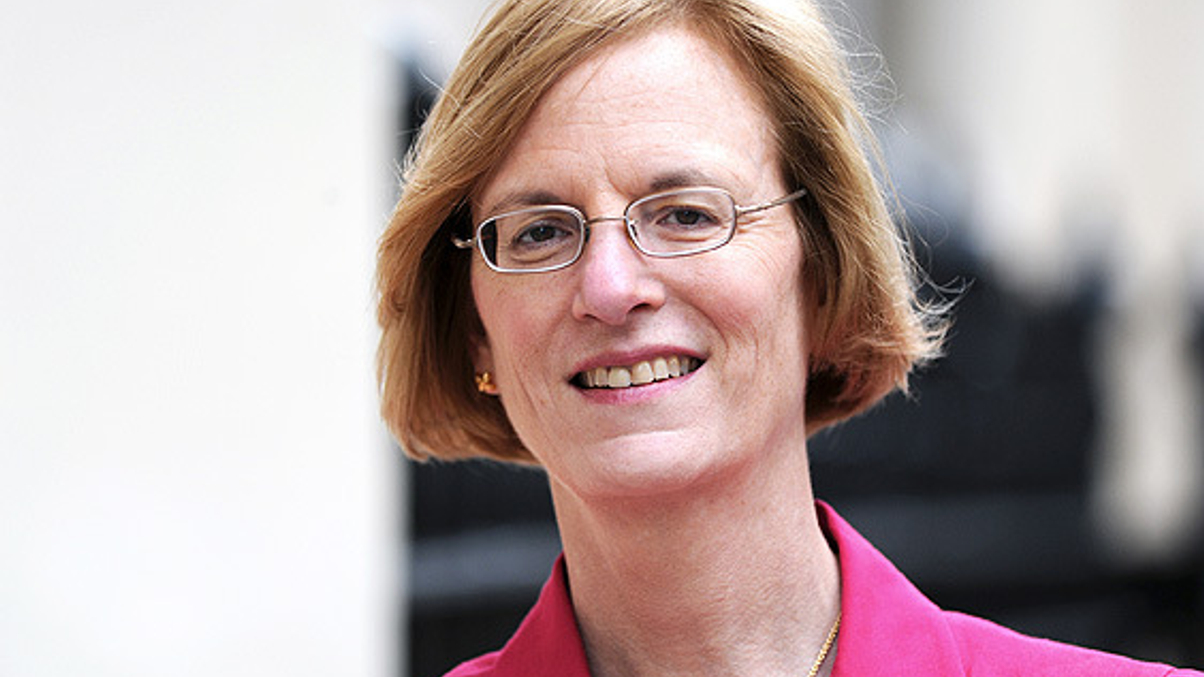ETFs to be “dominant fund structure” by 2030?
But Asia's retail market for ETFs requires better education for investors, more regulatory backing and advances in technology if it is to gain a bigger share of the pie, say industry participants.

Exchange-traded funds will be the dominant fund structure globally by 2030, when the asset management industry is expected to be worth $110 trillion, argued Deborah Fuhr, managing partner of research house ETFGI at an AsianInvestor forum yesterday.
Sign in to read on!
Registered users get 2 free articles in 30 days.
Subscribers have full unlimited access to AsianInvestor
Not signed up? New users get 2 free articles per month, plus a 7-day unlimited free trial.
¬ Haymarket Media Limited. All rights reserved.


